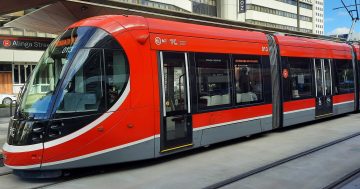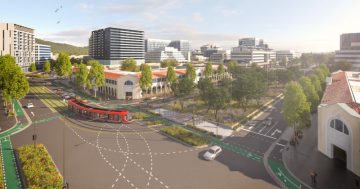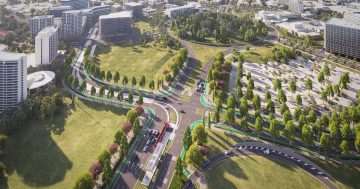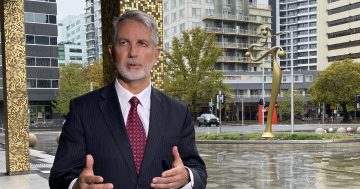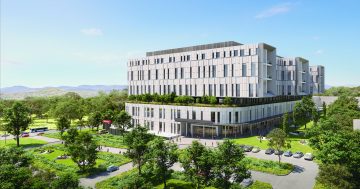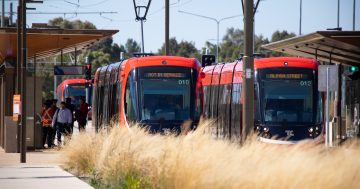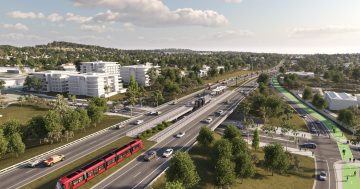An act of political bastardry saw the ACT Government sign off last week on the Gungahlin light rail project, almost five months to the day from the October Assembly election.
The proposal has generated massive argument throughout Canberra with a final price of $710 million (ha, ha) for 12km of line to service a small section of our population. A section, incidentally, which will not directly benefit from the tram because most Gungahlin residents will have to travel from their home suburb to the northern terminus. Car parks anyone and at what daily charge?
And it is so unnecessary at this time.
By signing off now the ACT Labor Government has committed the territory to the project and also committed the Liberal Opposition to cancel the contract as it has threatened to do. Thus either way the people of Canberra are up for money and perhaps big money on any cancellation with no idea available of expenditure to date.
Why couldn’t the matter have waited until after the Assembly election when the people would vote in a government which would either commit or not commit and money would be saved? Currently it will cost us money whatever the election result.
Minister Corbell’s comments initial work would begin next month and substantial work in August could suggest Northbourne Avenue’s trees will be removed before the election, presenting a fait accompli that we might as well proceed, the damage is done.
This scorched earth approach also means if the project doesn’t go ahead the repair costs will add to our bill.
Canberra taxpayers are already facing higher charges for the tram, but if this is across the board is unknown. Should our rates rise, will those who pay no rates like ACT Housing tenants face a rent increase to compensate?
The mysterious area of union influence including a memorandum of understanding with the government carries the suspicion light rail will be a financial bonanza for its workers at the community’s expense. Figures vary as to numbers employed ranging from 500 in construction to an overall 3500 probably drivers, maintenance workers etc and including indigenous and long-term job seekers – something worth checking if the project proceeds.
Cost of the infrastructure is assumed. In Barcelona light rail runs openly between rows of tall trees, a situation in our nanny city hard to imagine without fences and signs stopping people crossing the tracks at random and markedly different from the artists’ impressions to which we have been treated.
Premature as was the signing of the contract we may still be able to cut our losses if we call a halt now. Despite its 2012 election commitment the government needs to provide much more information before taking further expensive steps.
Can the Tram is a catchy slogan and a correct one for what currently seems an indulgent extravagance.












